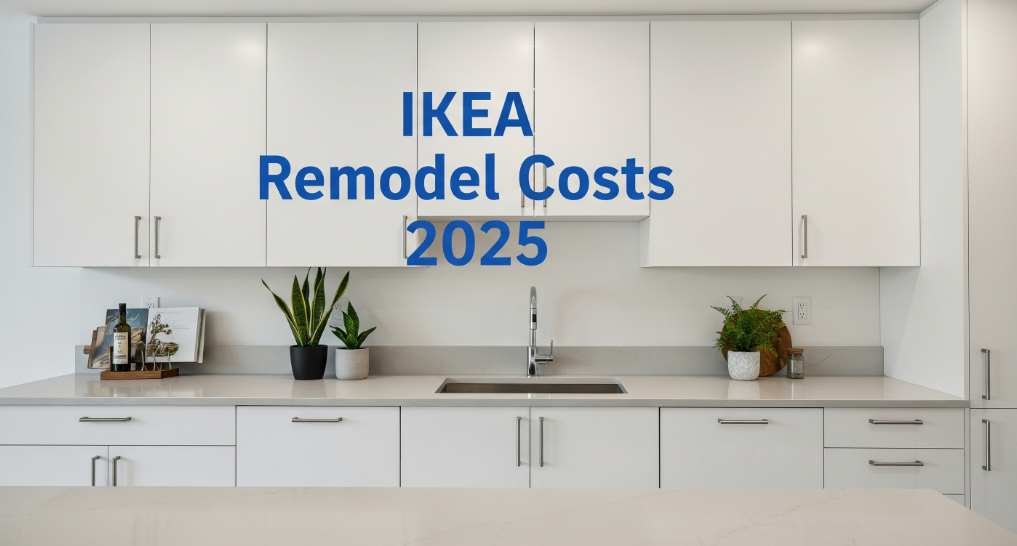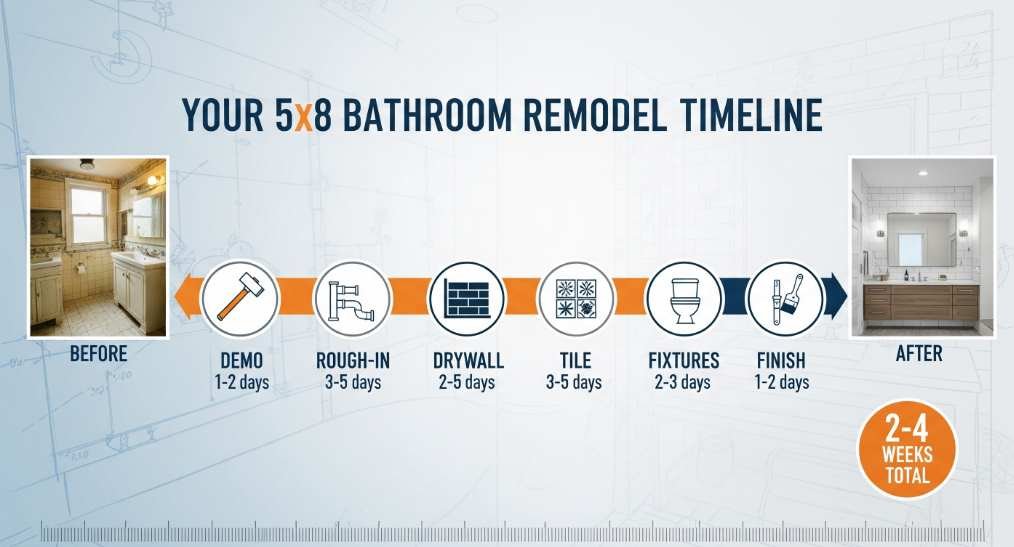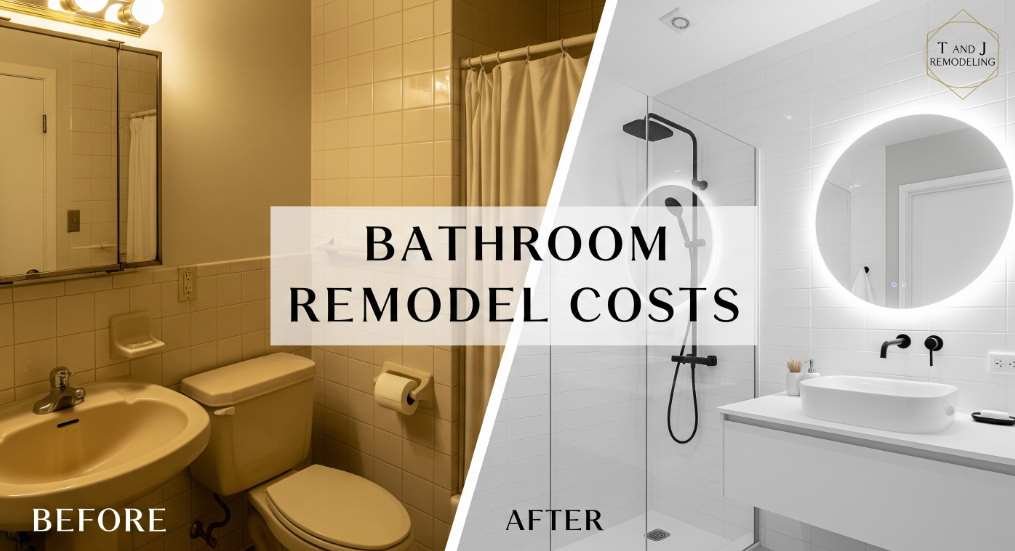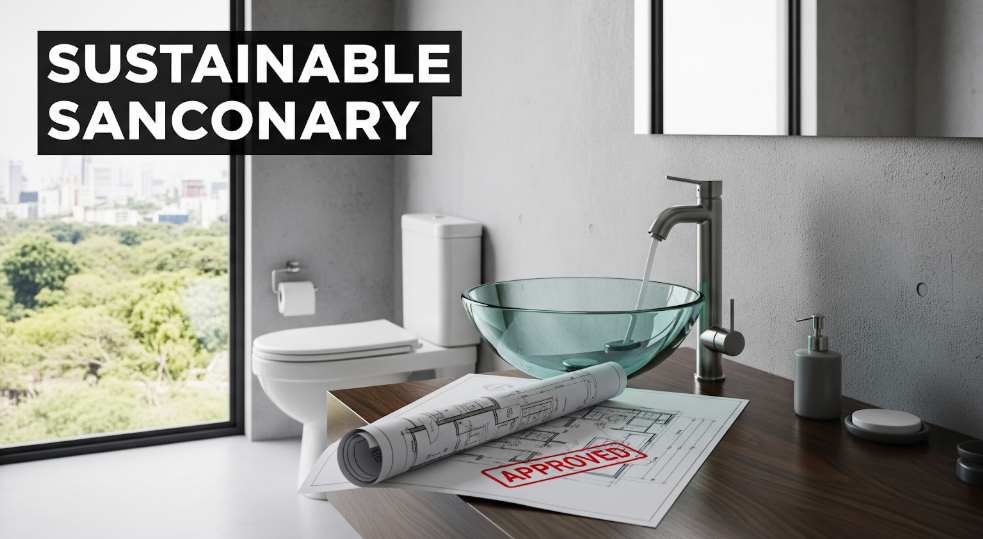Table of Contents
ToggleWorrying about a loved one slipping in the shower is stressful. An unsafe bathroom can be a constant source of anxiety, but the high cost of a remodel feels like a huge barrier. You might be wondering, “Will Medicaid help pay for this?”
You’ve come to the right place. This guide will walk you through exactly how Medicaid can help make a bathroom safer for you or your family member.
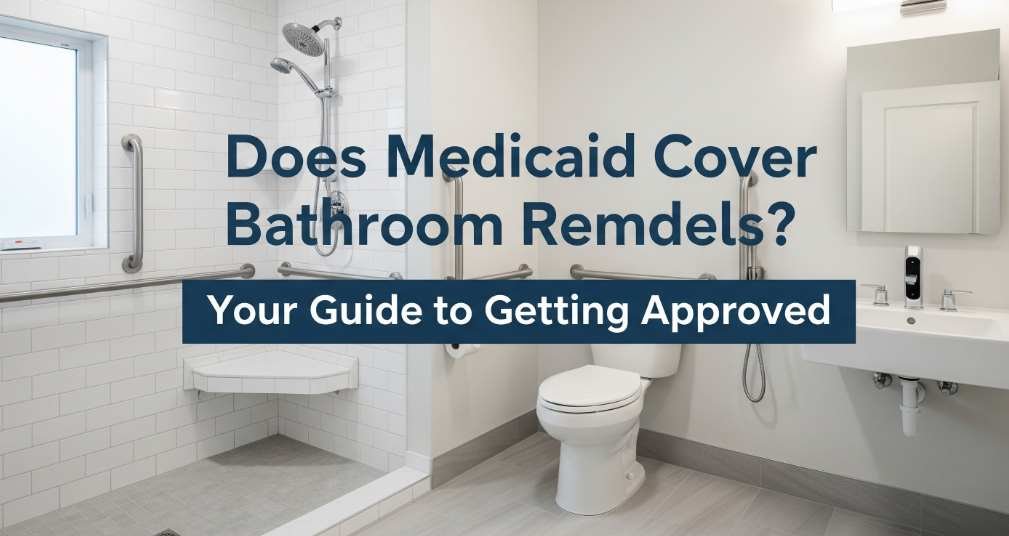
The Short Answer: Yes, for “Medically Necessary” Modifications
Yes, Medicaid can cover the cost of a bathroom remodel, but it’s important to understand what that means. Medicaid won’t pay for new designer tiles or a fancy vanity to update the look of your space.
Instead, Medicaid pays for “medically necessary” modifications. These are changes that are essential for the health, safety, and independence of an individual in their home.
Understanding “Medically Necessary” vs. a Cosmetic Upgrade
The key difference is purpose. A cosmetic upgrade is about looks; a medically necessary modification is about function and safety.
- Cosmetic Upgrade: Replacing a dated but functional toilet with a new one of the same height.
- Medically Necessary Modification: Replacing that same toilet with a taller, ADA-compliant one because a person cannot safely sit down on or stand up from the lower height.
Over my 15 years as a remodeler, I’ve worked directly with families navigating this process. A common hurdle I’ve observed is incomplete paperwork. For example, a client’s application in New Berlin was delayed by three weeks because the doctor’s prescription didn’t specifically list ‘non-slip flooring’ as a medical necessity. Every detail matters.
How Medicaid Provides Coverage: The HCBS Waiver Program
Medicaid doesn’t just write a check from its main program for a remodel. The funding typically comes from a special program called Home and Community-Based Services (HCBS) Waivers.
What are Home and Community-Based Services (HCBS) Waivers?
HCBS Waivers are special Medicaid programs that help people who would otherwise need to be in an institution (like a nursing home) receive care in their own home or community. Think of it as Medicaid helping to make your home a safe place to “age in place.”
These programs can pay for many things, including personal care, and—most importantly for our topic—Environmental Accessibility Adaptations (EAA). A bathroom modification falls under this category.
Who is Eligible for an HCBS Waiver?
Eligibility varies from state to state, but generally, an applicant must:
- Be financially eligible for Medicaid.
- Have a medical condition or disability that qualifies them for care in a nursing facility.
- Choose to receive care at home instead.
What Bathroom Modifications Does Medicaid Typically Cover?
While every state’s list is slightly different, these are the most common safety features covered by HCBS Waivers. They are considered essential for preventing falls and promoting independence.
- Walk-in or Roll-in Showers: Removing a high-walled tub and creating a barrier-free shower is a top priority for safety.
- Grab Bars and Handrails: Properly installed grab bars around the toilet and in the shower are crucial for stability.
- Raised or ADA-Compliant Toilets: These reduce the strain and risk of falling when sitting or standing.
- Walk-in Bathtubs: In some cases, these may be covered if deemed medically necessary for therapeutic reasons.
- Non-Slip Flooring: Replacing slippery tile can directly prevent falls.
- Widened Doorways: To allow access for a wheelchair or walker.
- Accessible Faucets: Lever-style handles that are easier to use than round knobs.
A Step-by-Step Guide to Getting Your Modifications Approved
Navigating the system can feel daunting, but you can do it by following a clear process. Here’s a simplified path to getting your project approved.
Step 1: Contact Your State’s Medicaid Agency
Everything starts here. You need to find out which specific HCBS Waiver programs your state offers and begin the application process. They will be your main point of contact.
Step 2: Get a Professional Assessment and Prescription
Medicaid needs proof that the modifications are medically necessary. This usually requires an in-home assessment from an occupational therapist (OT) or physical therapist. A doctor must then write a prescription based on that assessment, detailing every required modification.
First-Hand Tip: Be specific! A prescription for “bathroom safety equipment” is too vague. It needs to say, “Three 24-inch stainless steel grab bars installed at ADA-specified heights in the shower, and Installation of a zero-threshold roll-in shower.”
Step 3: Submit Your Waiver Application
Once you have your medical documentation, you’ll submit it along with your waiver application. This can take time, so be patient and follow up regularly.
Step 4: Choose a Qualified Contractor
Once approved, you’ll need to find a contractor. Some states require you to use a Medicaid-approved provider. It’s crucial to work with home remodeling contractors who have experience with accessibility projects. They will understand the specific requirements and documentation needed for Medicaid to issue payment.
Common Mistakes to Avoid During the Application Process
I’ve seen hopeful families make small mistakes that cause major delays. Here are the biggest ones to watch out for:
- Starting Work Before Approval: This is the #1 mistake. If you start the demolition or purchase materials before you have an official approval letter, Medicaid will not reimburse you.
- Submitting Vague Medical Orders: As mentioned, the doctor’s order needs to be extremely detailed. Work with your occupational therapist to ensure it lists every single required item.
- Not Getting Multiple Bids: Most waiver programs require at least two or three bids from contractors to ensure the cost is reasonable.
- Choosing a Contractor Unfamiliar with Medicaid: An inexperienced contractor might not know the specific billing or documentation rules, causing payment delays that can halt your project. You need a team that knows the system.
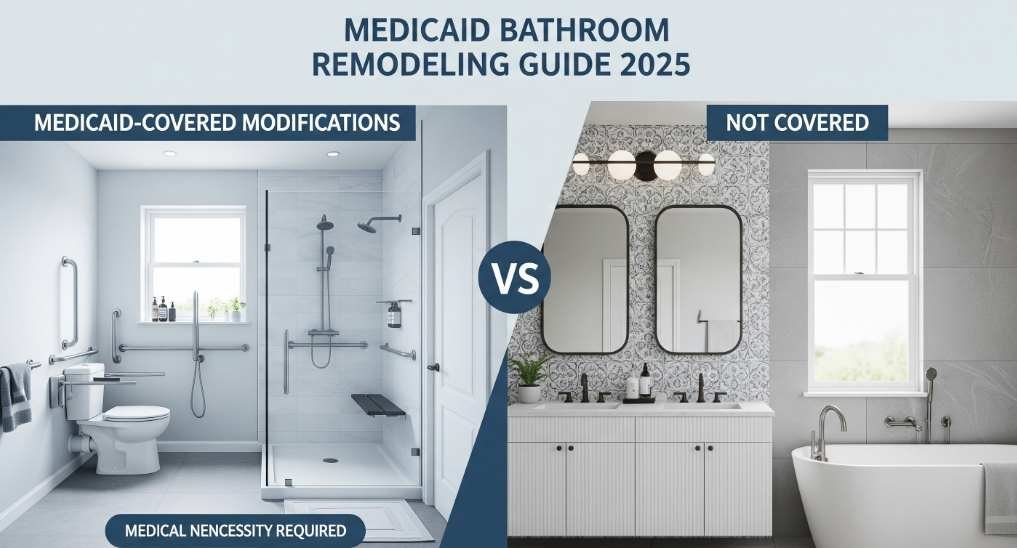
Finding the Right Partner for Your Accessible Remodel
Choosing the right contractor is about more than just getting the work done. You need a partner who understands the unique challenges of creating a safe, accessible space and who can guide you through the process. At T and J Remodeling, we have years of experience helping homeowners with these exact types of projects.
An experienced team can help you think through details you might miss, like the best placement for a shower bench or the right clearance around a toilet for wheelchair access. Whether you need a full Bathroom Remodeling Waukesha service or just a few key modifications, an expert can ensure the job is done right. This focus on accessibility is just as important in other areas of the house, like a Kitchen Remodeling project.
Quick Recap: Key Takeaways
- Yes, Medicaid covers remodels, but only medically necessary safety modifications.
- Funding comes from state-specific HCBS Waiver programs.
- You MUST get a doctor’s prescription and official approval before starting any work.
- The key is detailed documentation and working with an experienced contractor.
Taking these steps can transform a dangerous bathroom into a safe and comfortable space, giving you or your loved one priceless independence and peace of mind. For more guidance on finding the right professionals, consider reaching out to trusted Bathroom Remodeling Services for a consultation.
FAQ Does Medicaid Cover Bathroom Remodel
Will Medicaid pay for a walk-in shower?
Yes, Medicaid frequently covers the cost of a walk-in or roll-in shower through an HCBS waiver if it is deemed medically necessary to prevent falls and allow for safe bathing.
How do I get Medicaid to pay for home modifications?
You must apply for a Home and Community-Based Services (HCBS) waiver through your state’s Medicaid agency and provide a doctor’s prescription detailing the necessary modifications.
What is considered a “medically necessary” home modification?
It is any change to the home that is required to ensure the health and safety of an individual, such as installing grab bars, a wheelchair ramp, or a stairlift.
Does Medicare cover bathroom safety equipment?
Medicare Part B may cover some durable medical equipment (DME) like toilet safety frames or shower chairs, but it generally does not cover permanent home modifications like installing a walk-in shower.
What documents do I need to apply for a Medicaid waiver?
You will typically need proof of income and assets, medical records confirming your diagnosis or disability, and a formal assessment or prescription from a doctor or therapist.

